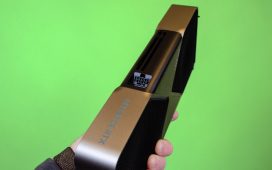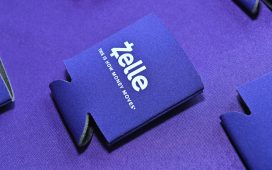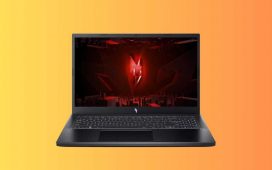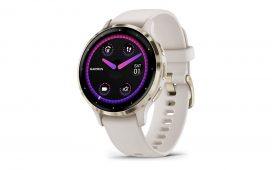Over the years, I have curated a rather non-envious track record with handling electronics around me. From shattering the screen on iPhones, breaking the hinge of a foldable phone, a torn laptop lid, flattening the edges of MacBooks, and forgetting items in transit, the history of my misadventures is pretty diverse. And expensive.
But nothing hurts more than the damage incurred to a laptop, which you can’t just hide behind a skin or case. I’d like to believe there are a few others like me, seeking a machine that can handle rough usage, or just happens to be sturdier than the rest. Asus certainly sees an opportunity in that bracket.
The company recently introduced a trio of laptops in the ExpertBook P series. To my surprise, the company focused less on the usual performance-centric presentations, and more on the practical side of things, such as durability.
Is it performant?
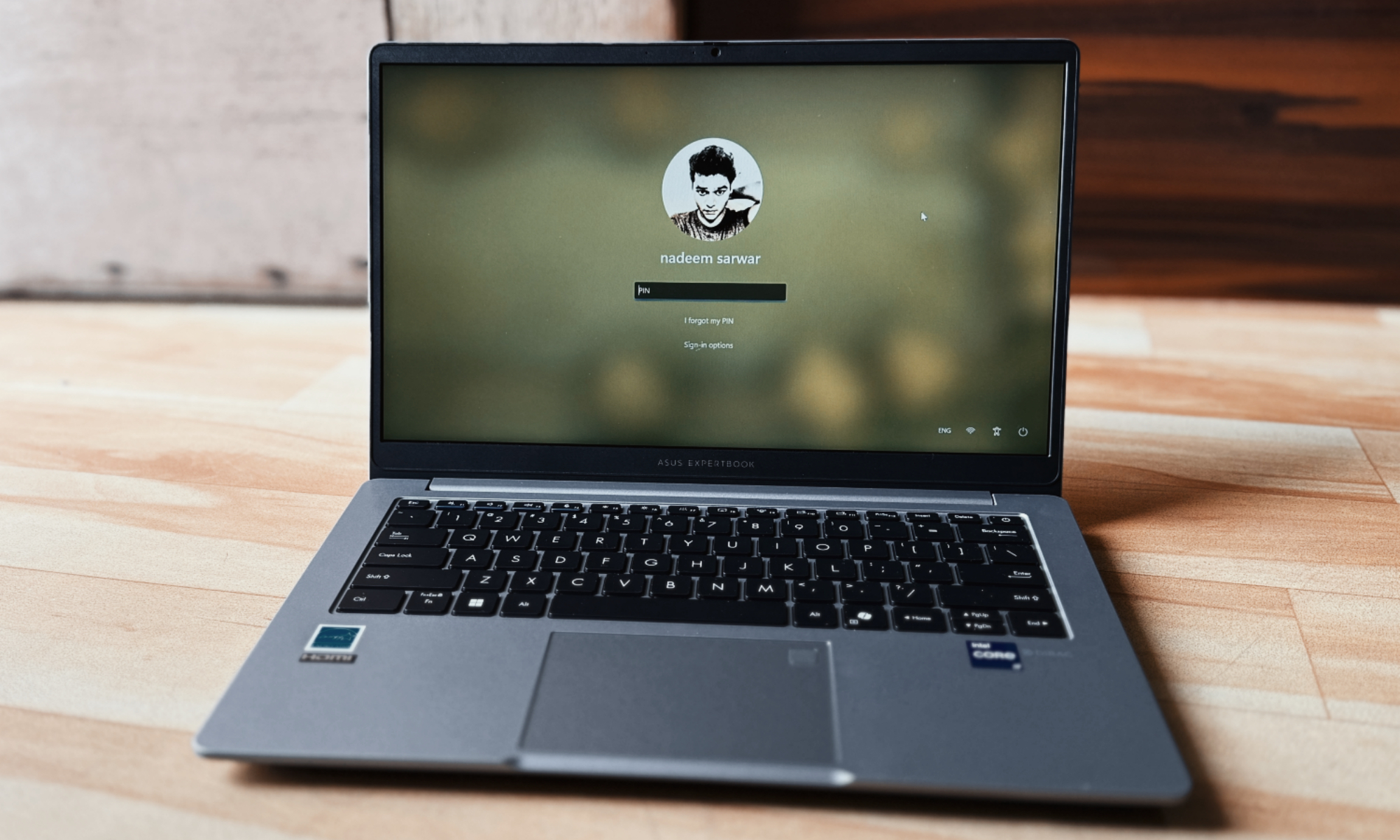
A few days after the launch, I got my hands on the ExpertBook P1. I was in for a pleasant surprise. It’s a fairly competent laptop, but more than that, it can brush off mechanical stress with ease. And on top of that, it fortifies a few areas that most brands barely pay any special attention to.
The configuration I tested came equipped with an Intel Core i7 (13620H) processor, ticking alongside 32GB of RAM and 512GB of M.2 NVMe PCIe 4.0 SSD. Thanks to extra slots, the RAM and storage are upgradable up to 64GB and 2TB, respectively. Over at the front is a 14-inch full-HD panel.
Now, this is neither the latest Intel chip nor the fanciest display out there. It is sharp and offers wide viewing angles without any noticeable color crushing. I wish it were a glass-based panel, but I would take Asus’ anti-glare approach any given day.
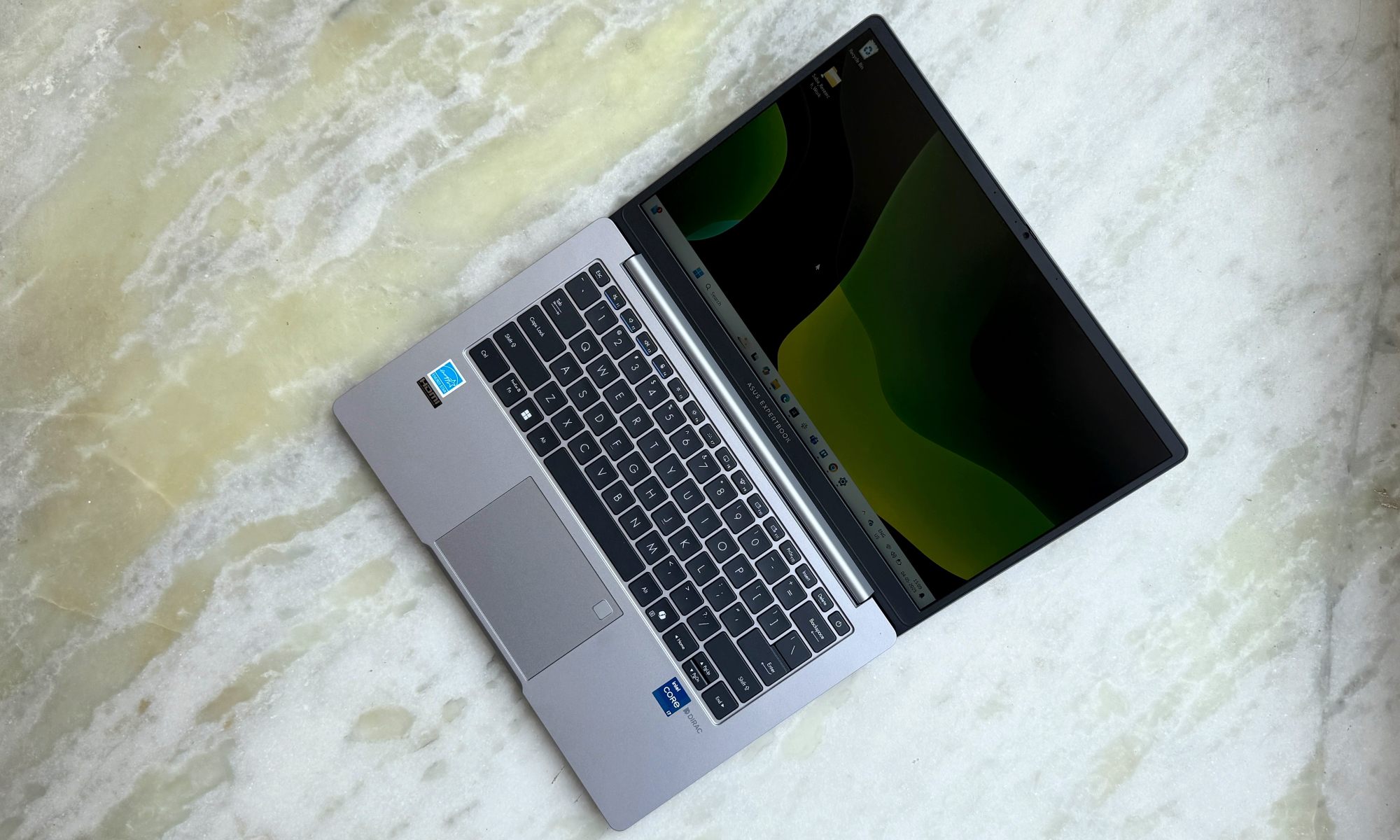
The 10-core silicon is fairly powerful, though not the latest that Intel has to offer. When pitted against the 14-core Intel Core Ultra 5, it barely manages to achieve a higher single-core performance, but delivers a 30% lower multi-core performance.
The aging Intel processor again serves a higher single-core tally at Cinebench 2024 compared to Qualcomm’s top-end Snapdragon X Elite, but underwhelms with its multi-core chops, yet again.
On the graphics front, the integrated Intel UHD graphics unit is roughly 18-20% behind the Arc graphics shipped with the second-gen Arrow Lake Ultra Series 2 processors. But numbers aside, this is still a pretty capable combination.

If you aren’t diving into any demanding creative software suite, the configuration will get past most productivity software with ease. My workload involved Chrome (across two screens and three windows), Slack, Trello, Teams, and a handful of web instances for tools like Asana and consistent wireless music playback.
Running the laptop in Balanced profile, I easily got a full day of usage without any stutters or UI crashes. The battery, on the other hand, is promised to last three years without its electrochemical health falling below the 80% mark. It usually lasted me about 9-10 hours of continuous usage, but you can definitely extend it with a slightly modest brightness and performance tuning.
What I like the most is the charging flexibility. Natively, the triple-cell 50Whr battery supports 65W fast charging, but it allows the full spectrum of 5V-24V power input. I was able to charge the laptop with a power bank and gave it some last-mile juice. I hope more brands hop on to this trend this year!
What makes the ExpertBook P1 stand out?
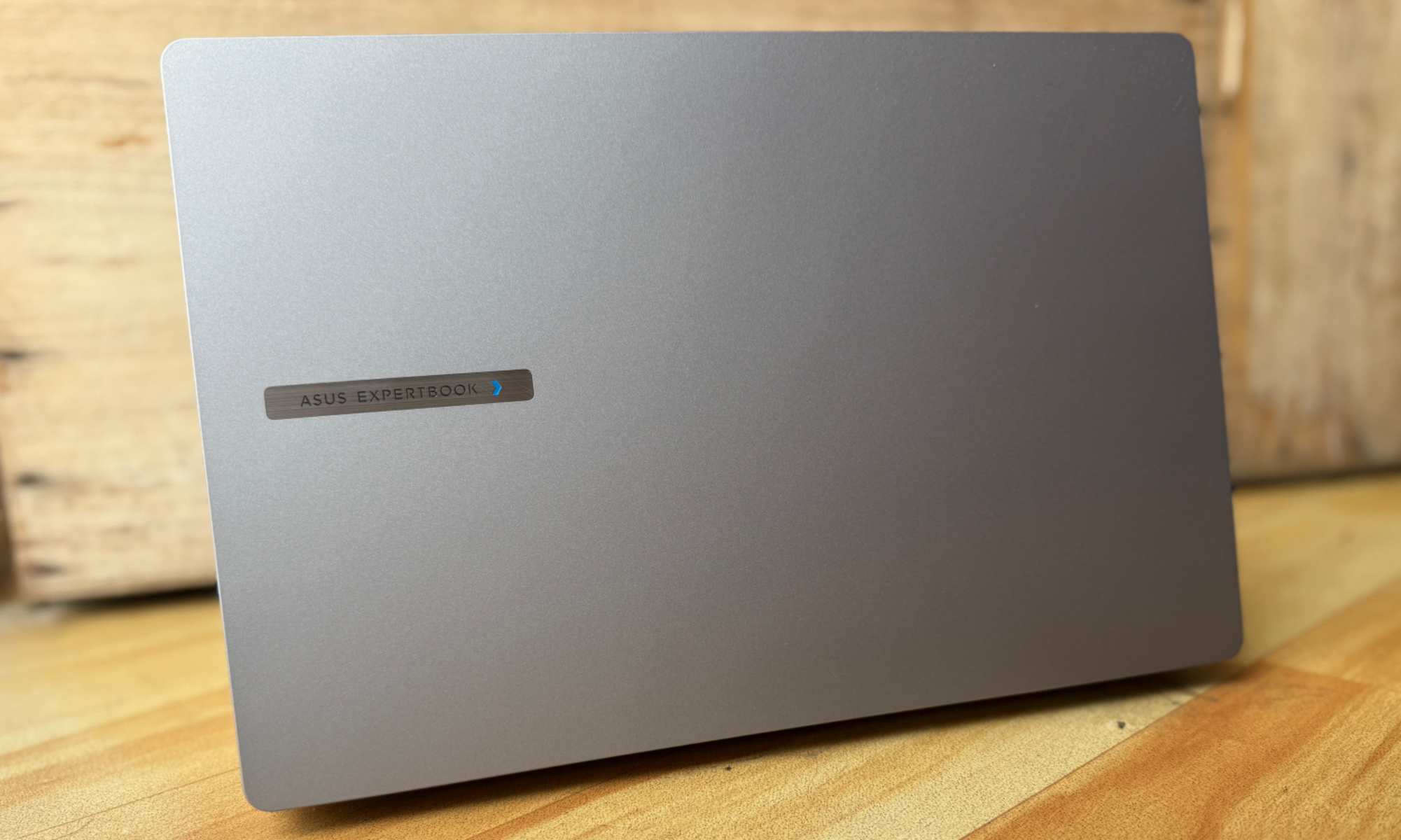
The Asus laptop is not out there to turn eyeballs with aesthetics. It’s clean and industrial, with a familiar Asus design. What sets it apart is the sturdy engineering, despite the laptop weighing just around three pounds.
This is a US MIL-STD 810H military-grade kit, covering nearly a dozen categories of tests. In addition to the usual temperature and altitude tests, the fortified build allows it to handle strong vibrations (500Hz) for a sustained period, mechanical shocks, and ingress protection against dust.
Asus says the base can survive a drop from a height of over a meter on a concrete floor. The build is plastic, but the chassis has been reinforced using metallic parts. It’s hard to discern that the ExpertBook P1 offers all that, but after using it as my daily workhorse, I am confident that it can brush off a few accidents.
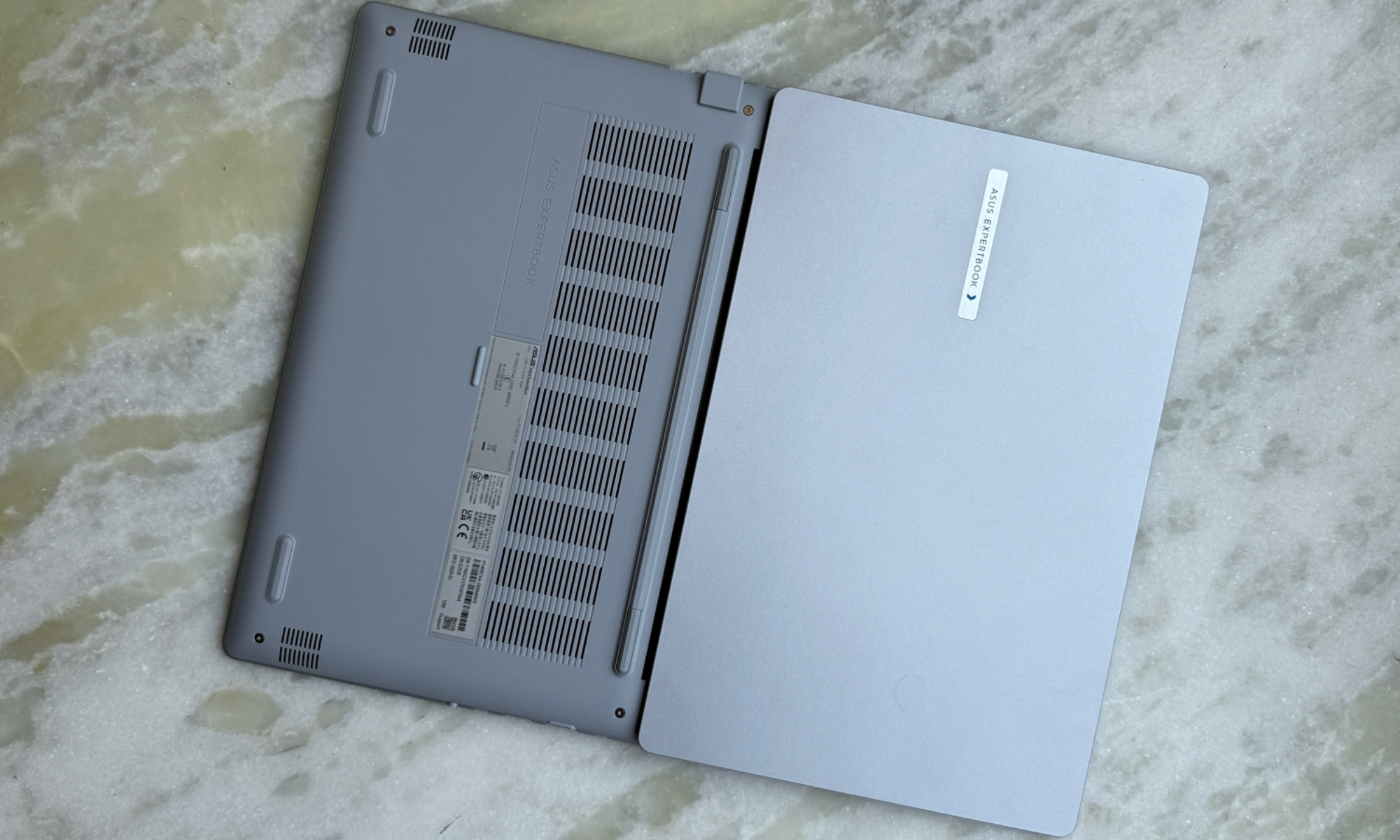
On the more practical side of things, both sides of the laptop can endure a smushing force worth around 110 pounds. This comes in handy for situations such as rough luggage handling, like the infamous airline baggage transport, packed under-carrriage in buses, or cramped slots in trains.
The lid itself can sustain a load of up to 55 pounds without causing any damage to the screen. For business professionals on the move or students in college, such structural hardiness is nothing short of a reassuring boon.
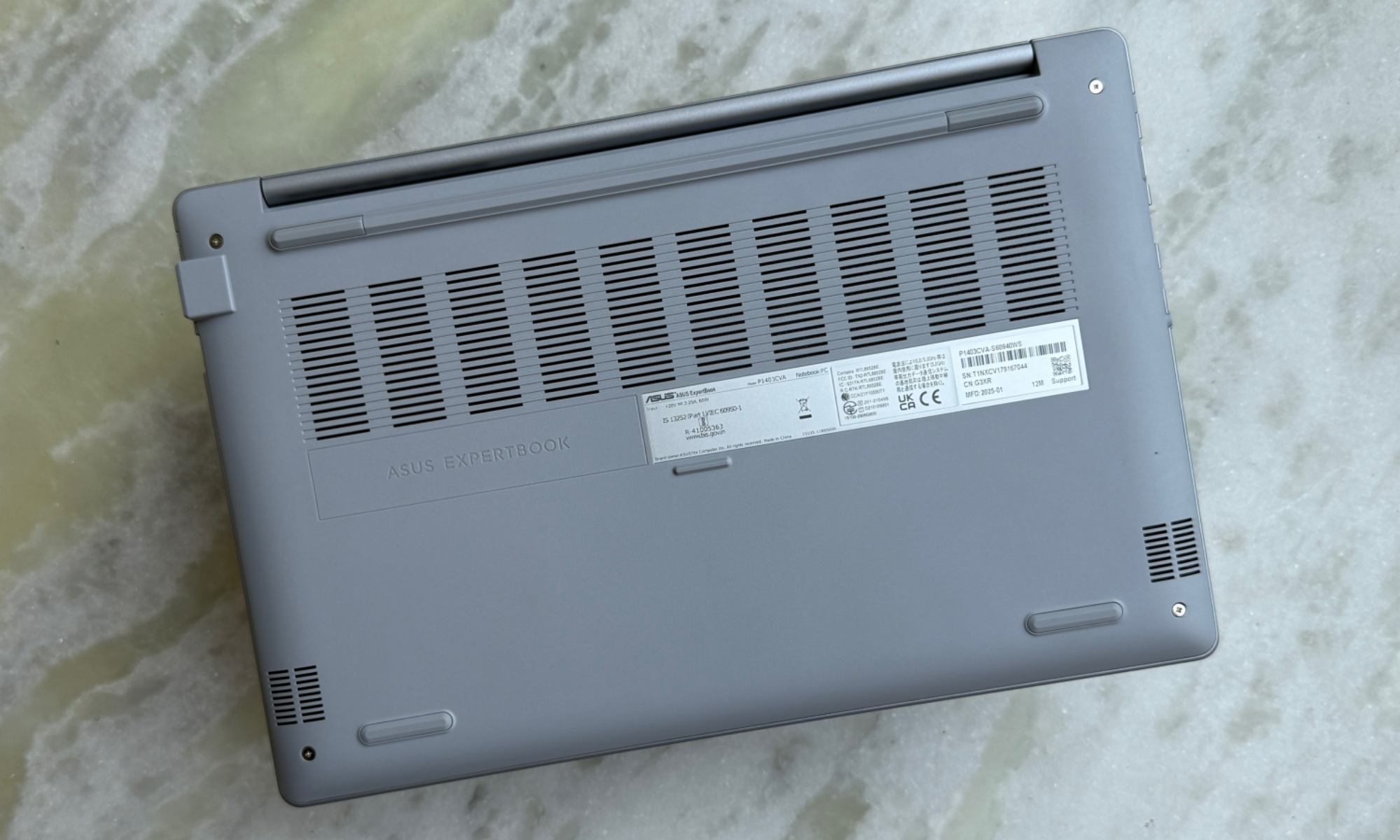
I tried to simulate the load test with some of my gym equipment, and the laptop came out unscathed. The base is certainly more sturdy, while the display lid is quite flexible. Asus says the laptop is tested to survive over 50,000 chassis twisting tests.
Laptop lids and the linked hinge mechanism are often a weak link. I have broken two in the span of five years, so I know the hurt and learned the pricey lesson. On the ExpertBook P1, Asus has used 1.2mm stainless steel hinge inserts and thicker screws, which are touted to survive 66% higher pulling force than an average laptop.
The hinge mechanism is indeed pretty durable. The flexing is visible, but there is no worrisome creaking to be heard. This is me holding the laptop at the hinge point, while exerting base pressure on the lid part:
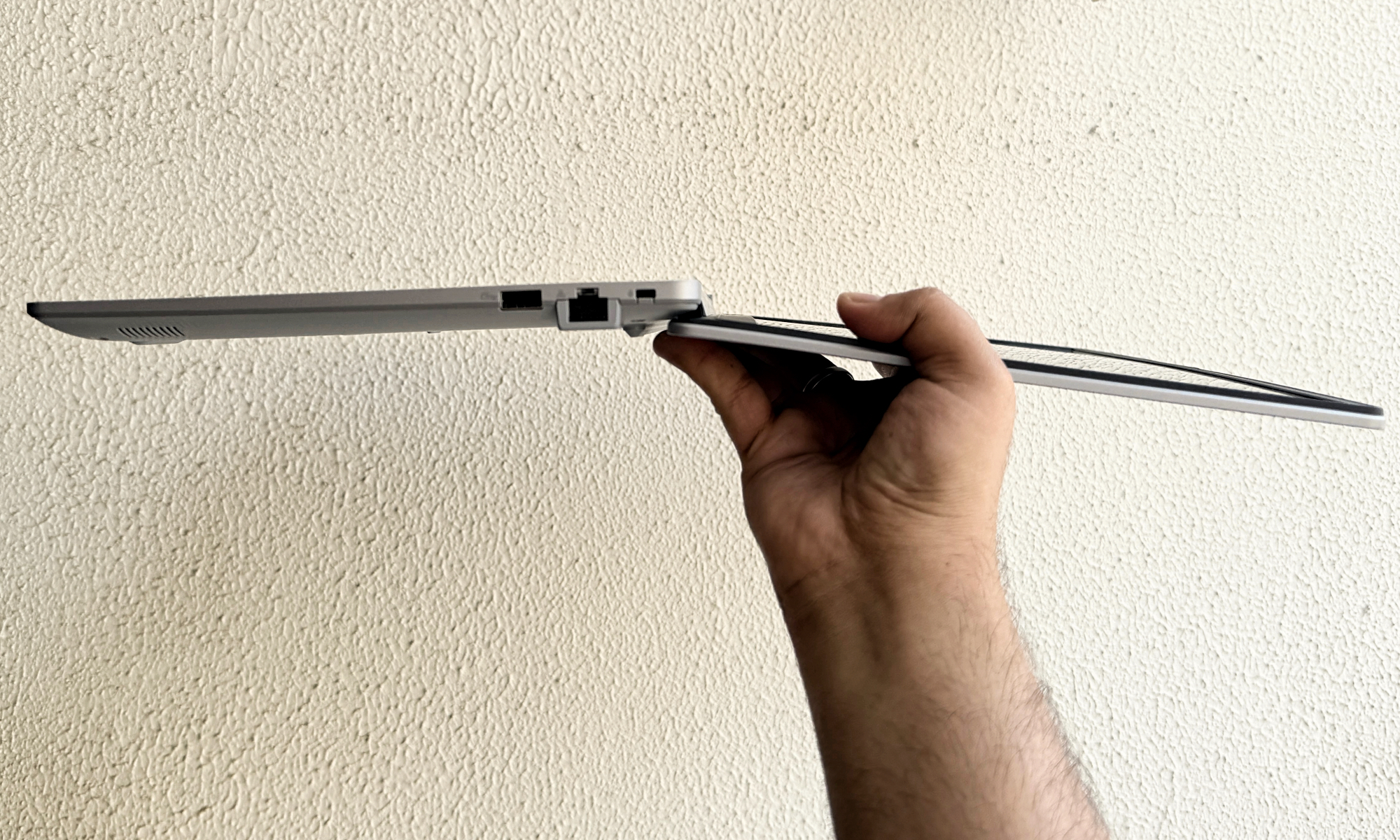
The components are also locked tightly in place, and even when the laptop is dropped, there are no chinks or chimes to be heard, save for a flat thud.
Practicality, above anything
As laptops started to get smaller and slimmer, the industry adopted a trend of culling the ports. Asus has dodged that trend on the Expertbook P1. There are a couple of USB 3.2 Gen 2 Type-C ports and an equal number of USB 3.2 Gen 1 Type-A ports on the laptop.

You also get an HDMI 1.4 and an RJ45 Gigabit Ethernet port, alongside a 3.5mm combo jack and a Kensington Nano lock. While the port diversity is a welcome move, Asus didn’t cram them on one side. Instead, they are spaced out across the left and right edges.
I have often struggled with laptops that position the ports on one side. The MacBook Air is the best example. Anything thicker than an average USB-C cable blocks access to the other port. The only option left is to invest in a pricey port hub.
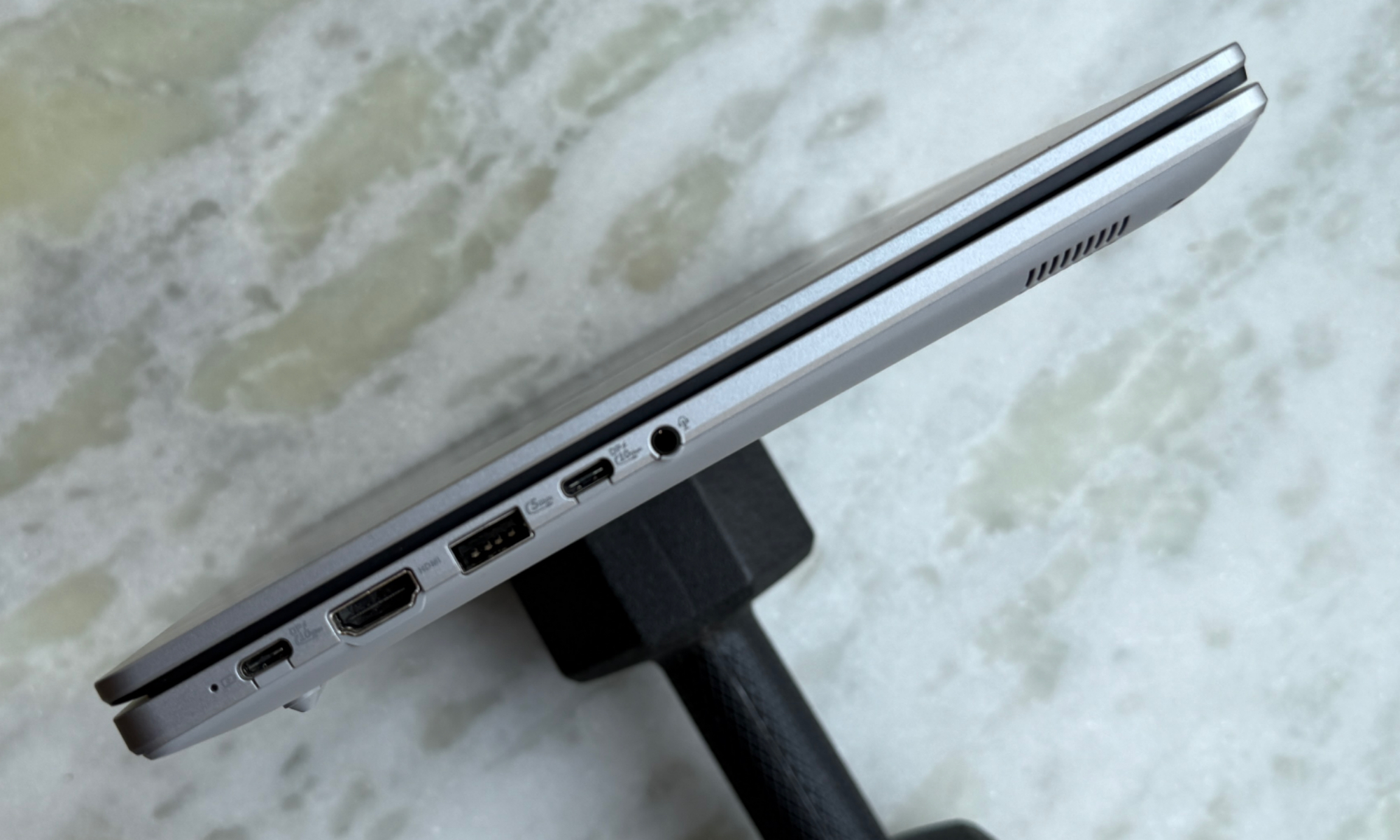
Interestingly, the Asus ExpertBook P1’s I/O ports are also special. They have been certified to last 5,000 insert-eject cycles, but more importantly, they offer a pretty secure lock-in for the cables and accessories.
When I first saw the ExpertBook P5 dangling by a USB cable, I was surprised. Then I tested my P1 variant at home, and it didn’t disappoint. Have a look:
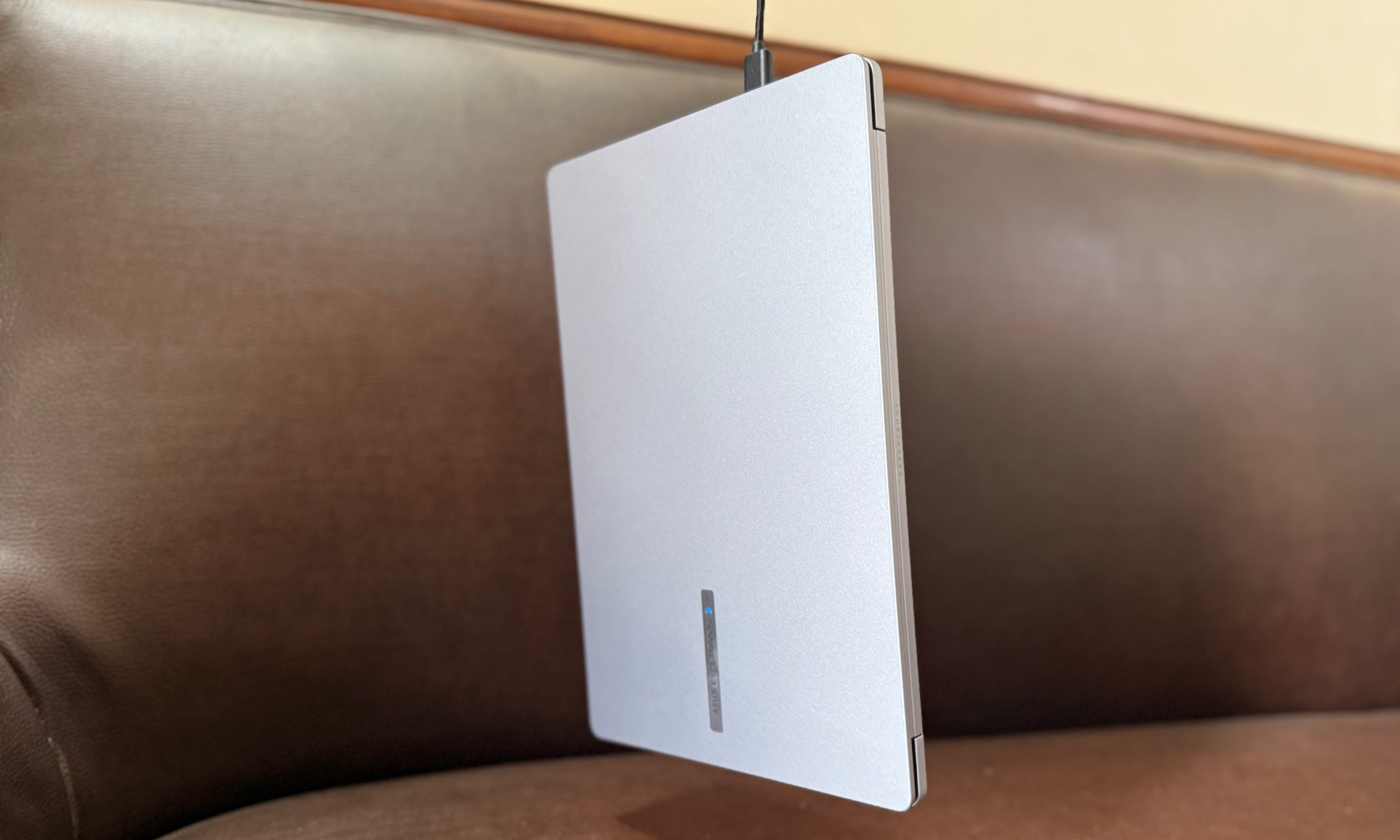
The resilient character also extends to the keyboard, which can handle liquid spills. Personally, that’s a huge sigh of relief. My cat recently orchestrated a soda spill on a laptop, and it ended up frying the circuits on the motherboard. I could never get it repaired.
The ExpertBook P1 integrates a FIDO-compliant fingerprint sensor within the trackpad area. It’s a tad small, but it gets the job done. Asus also offers a whole bunch of security protection at both software and hardware levels. Among them is intrusion detection against unauthorized devices, and a discrete Trusted Platform Module (TPM) chip built within.

For BIOS attacks, downgrades are prevented to block exploits, and there’s also an automatic recovery system in place if the BIOS is corrupted. For added privacy, there’s a physical webcam shutter at the top.
Overall, with the ExpertBook P1, Asus has created a rather compelling laptop that is geared at professionals as well as students alike. It undercuts the MacBook premium, while also offering a handful of practical perks that are hard to find in the laptop market.

